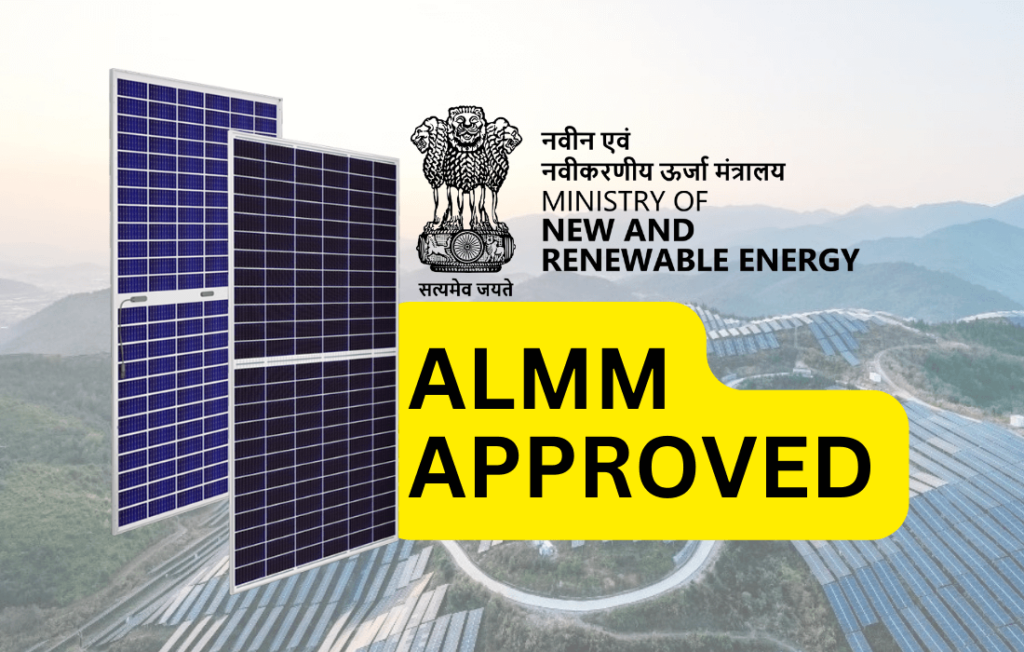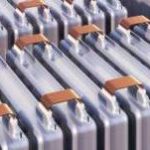NEW DELHI: The ministry of new and renewable energy is planning to bring out a policy similar to the Approved List of Models and Manufacturers (ALMM) for solar modules for solar cells, to ensure better quality of these items while also providing a boost to domestic manufacturing.
“ALMM for solar cells is in the pipeline. The work is on and very shortly we will take a considered decision on that,” said Pralhad Joshi, minister of new and renewable energy.
ALMM is a list of the models and manufacturers from which solar project developers can buy required equipment from. Currently, ALMM has been imposed for solar modules. However, in the past few years, proper implementation of ALMM for solar modules has faced several challenges primarily due to the reluctance from the consumer industry.
In FY24, ALMM was put on hold in view of limited domestic availability of modules and to provide relief to solar PV manufacturers in completing their projects. The industry had raised concerns over lower quality of domestic modules compared to China and higher prices. It was then reimposed starting April this year.
In the calendar year 2023, the country added 20.8 gigawatt (GW) of solar module manufacturing capacity and 3.2 GW of solar cell capacity, according to a recent report by Mercom India Research.
The country’s cumulative module manufacturing capacity as of December 2023 stood at 64.5 GW, as per the data. Solar cell manufacturing capacity reached 5.8 GW till December 2023.
India imported around 16.2 GW of solar modules in 2023, the highest in a year, up 158% from 10.3 GW in 2022, as per Mercom. At the same time, domestic manufacturers exported 4.8 GW of solar modules in 2023, against 1.6 GW in 2022.
Imports of solar cells in 2023 stood at 15.6 GW, up 169% from 5.8 GW in 2022. Exports of solar cells increased significantly to 286.3 megawatt (MW) from meager 10 MW in 2022.
The report forecasts India’s module manufacturing capacity to exceed 150 GW by 2026 and that of solar cells to reach 75 GW.
Additionally, the module manufacturing under the Production Linked Incentive (PLI) scheme is expected to catalyze the establishment of a significant number of domestic manufacturing units. As per the government, module manufacturing capacity totaling 7,400 MW is expected to become operational by October 2024, 16,800 MW capacity by April 2025 and 15,400 MW capacity by April 2026 under the scheme.
As per analysts, PLI scheme has awarded some 40 odd GW to come on stream with rest of it still under development.
Talking about the National Green Hydrogen Mission launched by the government with an outlay of Rs 19,744 crore for development of green hydrogen production capacity of at least 5 million tonnes per annum, the minister said that it will lead to an associated renewable energy capacity addition of 125 GW and 60-100 GW of electrolyser capacity. He said that the government has already selected 15 companies to develop 15,000 MW or 15 GW of electrolyser capacity.
“National green hydrogen mission target of annual production capacity of 5 million tonnes by 2030 will also drive establishment of our 125 GW of RE capacity and 60-100 GW electrolyser capacity,” the minister said. “As many as 15 companies have been selected through a transparent tendering process to develop 15000 MW electrolyser capacity,” he said.
Source; The Financial Express

 Centre Awards RIL Full Quota Of Advanced Chemistry Cell Under PLI-II
Centre Awards RIL Full Quota Of Advanced Chemistry Cell Under PLI-II 